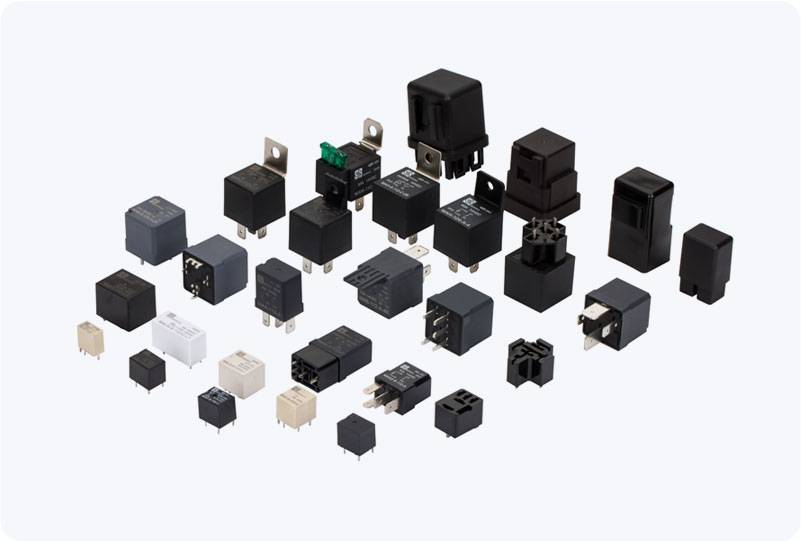Telecommunication relay is a fundamental component in the world of modern communication systems. Whether it’s the internet, satellite communication, or traditional telephony, telecommunication relays play a vital role in ensuring that signals reach their intended destinations with clarity and precision. The telecommunication industry has seen rapid evolution over the years, driven largely by advancements in technology that have enabled faster and more reliable communication. Telecommunication relays have been at the forefront of this change, acting as the unsung heroes of modern connectivity.

What is a Telecommunication Relay? A telecommunication relay is an electronic device used to receive, amplify, and forward signals within a communication network. The core purpose of a relay is to ensure that signals, whether analog or digital, are transmitted efficiently over long distances or between different segments of a communication system. In basic terms, relays function as repeaters or amplifiers that help overcome signal attenuation, which naturally occurs over long transmission paths. Types of Telecommunication Relays Telecommunication relays come in various forms, each tailored to specific needs within the broader network infrastructure. Here are some common types:
Leave a Reply